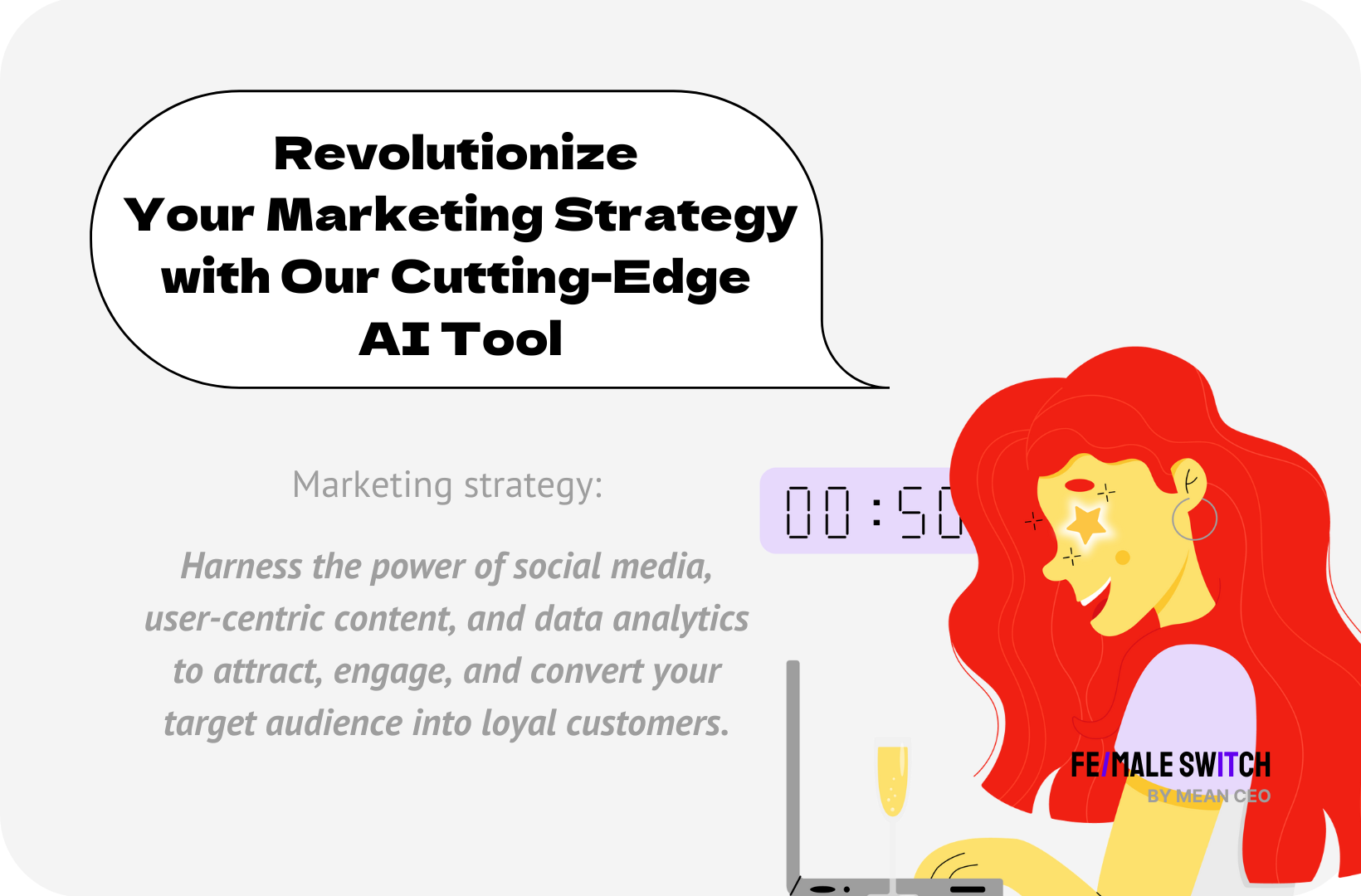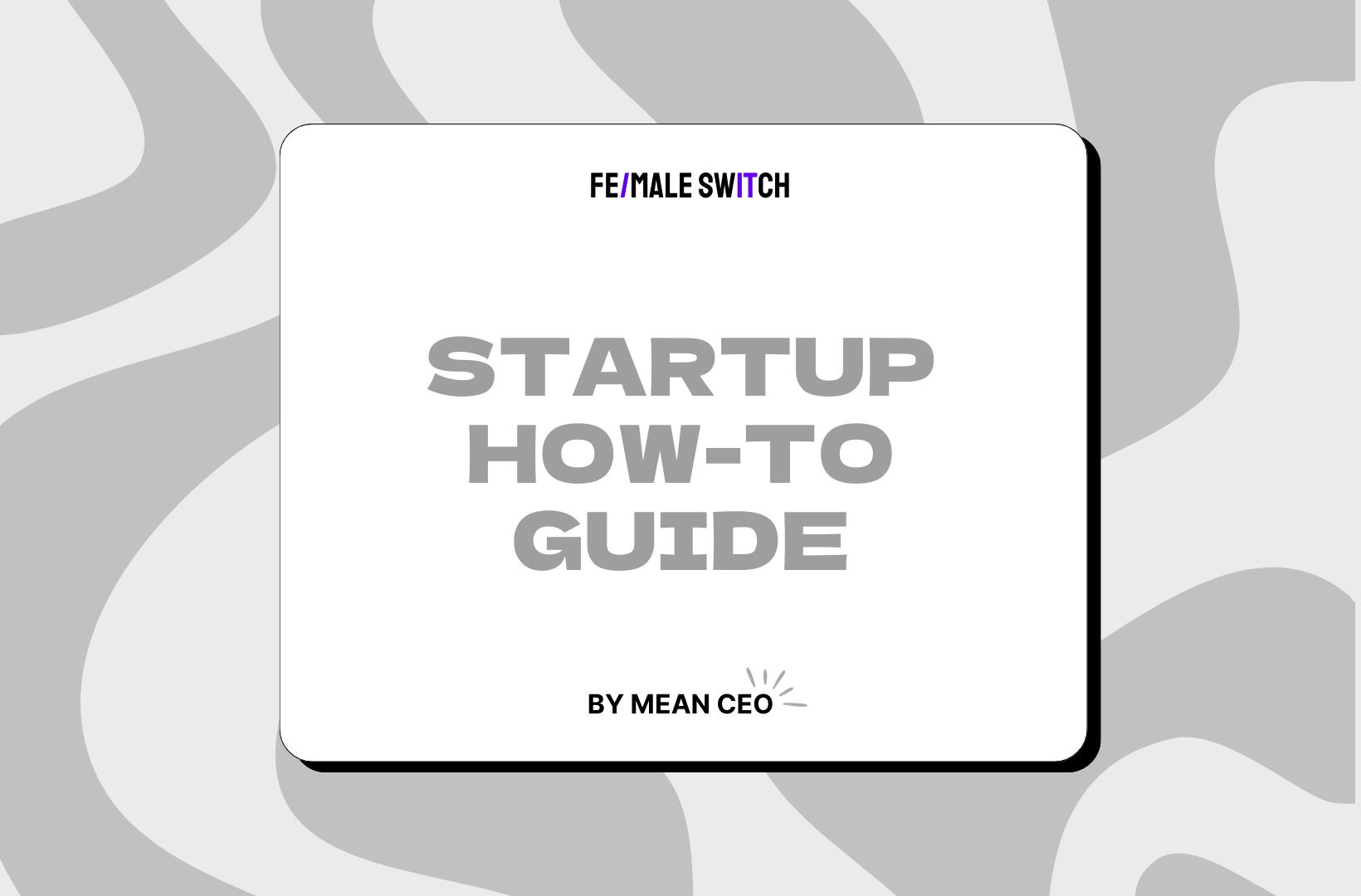TL;DR
Alright, ready to become nerdy? Let's dive into the world of GPT-4 and learn how to maximize its potential for your startup! Whether you're a fledgling founder or a seasoned entrepreneur, let's make sure you're getting the most out of your AI companion. Grab another mug of coffee, folks—it's time to learn!
Tip #1: Write clear and specific instructions
Okay, this is like that time when you explain to your barista exactly how you want your latte—extra hot, almond milk, two pumps of vanilla—no room for misunderstanding. Here's how you get GPT-4 to make the perfect 'latte' for your startup needs.
You can also use delimiters to clearly indicate distinct parts of the input. For example: section titles, triple quotes, triple backticks, triple dashes, angle brackets, “####”
Specify the desired output format or length of output. One method is to ask the model to adopt a persona. For example:
“Act as Elona Musk, the most awesome AI startup co-founder”
“Respond in two paragraphs and use the rocket emoji.”
“Give me an elevator pitch for my startup. Here are examples of elevator pitches that I like ___”
Let's say you’re crafting a pitch for investors. First, give it the straight facts (what's your product), then paint the vision (why it's a game-changer), followed by your prompt (make it sing). Like this:
1. "Act as an expert in pitchdecks. Draft a pitch for a SaaS platform that optimizes team communications in remote work environments. Should sound professional, yet conversational."
2. "You are a successful ex-entrepreneur and a VC. Write a pitch for an app that teaches coding to kids using interactive stories. It's fun but also super educational."
3. "I want you to concoct a vibrant pitch for my eco-friendly sneaker brand that uses recycled plastics. We're trendy, we care, and we’re here to kick some serious...you know, plastic."
Give it that nitty-gritty context. Like, what is your target audience and what call to action do you have in mind? Think clear, concise, and specific—'cause broad prompts are about as helpful as a screen door on a submarine.

Tip #2: Give the model time to think
In the startup world, patience is a virtue—mostly because things never go as planned. (You might want to remember that when your code crashes at 3 AM.) Ask GPT-4 to explain its thoughts by asking it to give you its chain of thought. Or make GPT-4 follow the steps that you want it to follow.
Say, you want to refine your startup's pricing strategy.
Step 1: First, itemize my costs, honestly and mercilessly.
Step 2: Then compare with what others in the playground are doing, based on the competitor chart.
Step 3: Finally, outline a pricing strategy for an online educational platform with steps including cost analysis, competitor pricing, and value proposition."
Iterate a few times by adding details to the prompt. Prepare to be impressed.
Tip #3: Prompt multiple times
You wouldn't launch a product without A/B testing, right? So, why settle for the first thing your AI says? Play with:
Temperature: Higher for creative, blue-sky thinking; lower for when the facts really need to stick.
Shots: One-shot for those one-off tasks, two shots for when you're feeling fancy.
Prompt: Need a deep-dive or just the facts? Adjust accordingly. Ask, adjust, and ask again!
NB. OpenAI Playground gives access to multiple settings that you can play with and it's the best way to work on creating a perfect prompt if you want to use it in your own app. That's, of course, what I do for Fe/male Switch and all the tools that we are building. It's a long process and we test the prompt at least 50 times before we launch it. And then we closely monitor and adjust the prompt for at least 50 more generations. Most of our prompts are very long, a couple of pages on average.

Tip #4: Guide the model
Think of GPT-4 as your intern who's brilliant but kinda needs hand-holding:
For long texts: GPT-4 is more human than you might think and gets lazy if it has to read a long text. It kinda likes to only read the beginning and the end. So, don't add important information into the middle of a long text. Instead, break it down, repeat the most important parts or summarize the long text into a shorter version and feed that to your AI.
Self-correction: If GPT-4 gets it wrong, be like, "Cool story, but let's try that with the basic physics of how our product actually works."
Open-ended questions: Instead of "Is our marketing strategy groundbreaking?" Try, "Analyze the potential impact of our marketing strategy on the target demographic."
You know that shades-of-grey decision on whether to hire your cousin in your startup? Yeah, ask around, twice or thrice. That's what we're doing here—getting multiple takes before we shout "Eureka!" 🙌
Tip #5: Break down the task or prompt
Divide and conquer, friends! When you’re setting up your website, you don't just tell your designer, "Make it pretty." You say, "I want user-friendly, I want sleek, and I want it to say 'We're the future.'"
- Use intent classification to slay your dragon-sized task:
Query: "I'm bootstrapping this insane tech startup—need a business model, marketing plan, and pizza. Focus!"
Breaking Down:
Intent 1: Develop a lean, mean business model.
Intent 2: Concoct a viral-worthy marketing plan.
Intent 3: Discover the best late-night pizza delivery (priorities, people).
Response: GPT-4 will tackle each task, looping you back a Michelin-star level response by integrating the answers into a comprehensive response.
Or, if you want to connect the results, ask it to feed the output from the first query into the next query by writing something like " Based on the business model that you created in Step 1, output a viral-worthy marketing plan..."
Tip #6: Use external tools
We all have our strengths—like GPT-4 with words, Excel with numbers, and you with, well, running a startup. So, if there's a tool that does a specific task better than AI, don't torture yourself.
Calculator: Let's be real—GPT-4 gets a little dizzy with numbers, so don't be surprised if it says 2+6=10. There are ways to mitigate it and we are testing some of them (with quite positive results) but mistakes do happen.
RAG: Like Googling without moving a muscle—for ultra-smart, in-context search. RAG is a nerdy way of saying that you attach a pdf or another document to AI and it checks it before giving you the answer. Works great for use cases where general AI doesn't have enough knowledge about something (like your startup's business plan). RAG is great but is still not 100% reliable.
Code execution: Use code execution or call external APIs to execute and test code created by GPT-4, because it might make a mistake.
External functions: Define functions for the model to write calls to. For example, send_email (), get_current_weather(), get_customers(). Execute these functions on your end and return the response to the model.
NB... Don't forget, every tool has its place, just like every cofounder. Find the right balance, and you're golden.
So, what does that mean for you, oh intrepid entrepreneur? It means with a bit of savvy and these top-shelf tips, your early-stage startup and GPT-4 can be the dynamic duo you never knew you needed. Take it from someone who did it: marry your startup hustle with some AI muscle, and you're looking at a match made in heaven. Cheers to that!


